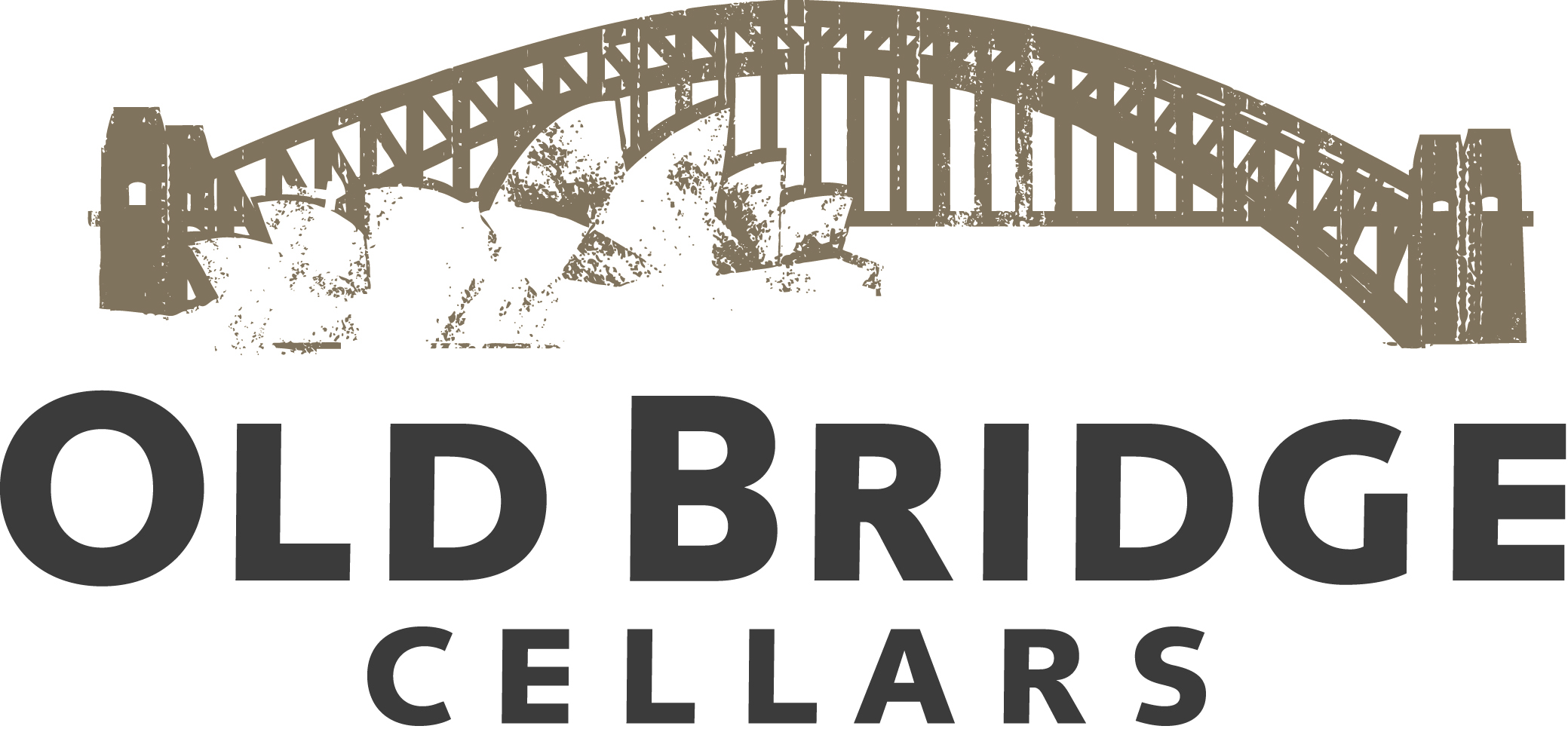By: Christina Pickard, The Wine Enthusiast
Associated with abundant sunshine, Australia may not be the place you turn for light, low-alcohol wines. But with 64 winemaking regions across a country similar in size to the U.S., Oz boasts a plethora of cooler areas, in addition to those that produce the country’s famed rich, muscular Shiraz. Despite climate change, these chilled-out regions still produce rapier-like Riesling, elegant Pinot Noir, traditional-method bubbly and, yes, Shiraz, but with light to medium body. While elevation benefits some of these, many others keep cool thanks to both latitude and the ocean. Get to know three of the most prominent: Tasmania, Mornington Peninsula and Yarra Valley.
Yarra Valley
Like Mornington Peninsula, Yarra Valley is less than an hour from Melbourne, but to the northeast of the city. The two shouldn’t be confused, as they are vastly different. The region refuses to be typecast in almost every way. It’s home to an abundance of creative, young winemakers, yet Yarra Valley also boasts a rich history of winemaking that dates to the mid-1800s, with some historic wineries still in operation. It has a dizzying, sometimes complicated, array of climactic and geographic variations, influenced by the chilly Southern Ocean, but with a mostly continental climate. It excels at bright and tropical Sauvignon Blanc, Burgundian-like Chardonnay, as well as classy, vibrant Pinot Noir. Other notable wines include spicy Cabernet, savory Shiraz (often called Syrah here) and even some highly regarded single-vineyard Nebbiolo. “There are no hard and fast rules about what is grown where, as each microclimate can be very different,” says winemaker Sandra de Pury, whose historic winery, Yeringberg, has been in her family for more than 150 years. Yarra is divided into two distinct subregions: the Valley Floor and the Upper Yarra. The floor is warmer and sits 164–262 feet above sea level with mostly grey soils and patches of granite. These warmer sites are where Cabernet and Shiraz are happiest. Upper Yarra is higher in elevation, up to 1,312 feet. It’s cooler and windier than the Valley Floor, with younger, more fertile red soils. Some of the region’s top Pinots thrive here. Yarra may not be the easiest place to commit to memory, but its diversity is one of its greatest strengths. It’s a Renaissance region that offers something for everyone.
Wines to Try
Giant Steps 2018 Tarraford Vineyard Syrah; $42, 95 points. This producer may be more lauded for Chardonnay and Pinot, but this Syrah is downright sexy—cool-climate Shiraz at its finest. There’s something comforting yet dynamic about the nose, the way it interlaces juicy, pristine plum and berry fruit with violets, licorice and soft baking and earthy spices. The palate is medium bodied with elegance and focus. Taut, powdery tannins slink around silky-textured fruit, and the gently pepper finish is long and fine. Drinking beautifully now but could likely cellar for another decade. Editors’ Choice.
Yeringberg 2016 Red; $90, 91 points. As always, wines from this historic and charming Yarra Valley estate walk to their own beat. This classic Bordeaux-style blend is perfumed and fruity this vintage, bursting with aromas of strawberry juice and undercurrents of violets and their stems, cinnamon and hints of something more savory and meaty. Juicy, bright fruit provides an appealing juxtaposition to the tight squeeze of tannins on the tongue. Brimming with personality and affability, this bottle could easily be enjoyed now, but should cellar well through 2030.
